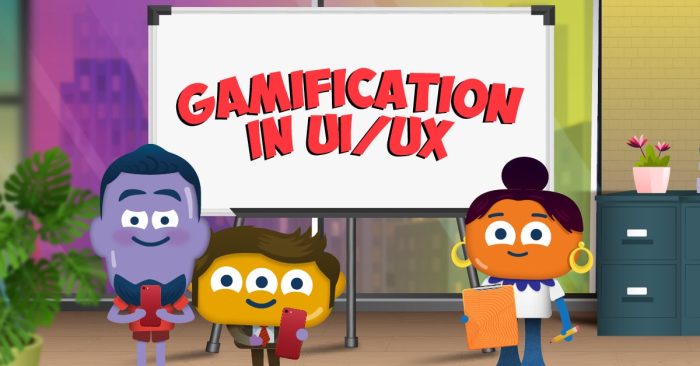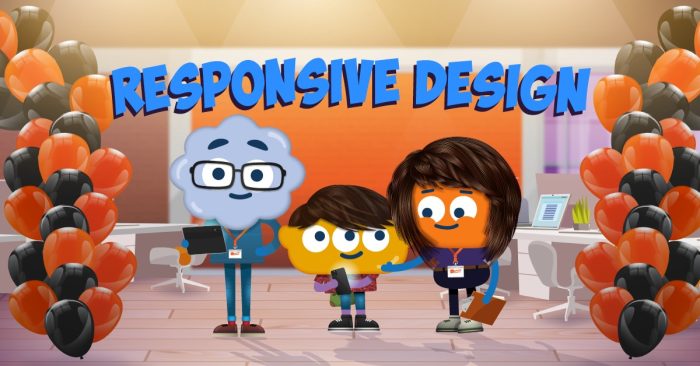Interaction and Prototypes
Duration10'
No. of mini-lessons4
ResourcesInfographic
Duration 10'
No. of mini-lessons 4
Resources Infographic
Course overview
Some great inventions arrive fully formed in their creator’s imagination. But for most designs, every seemingly perfect idea needs testing and improving, time and again. It just takes 1 user to spot a crucial flaw or weakness in a great idea.
To save time, money, and reputation, the top designers make extensive use of prototypes. From pencil sketches through to functioning models, prototypes give test participants the chance for realistic interaction with the general concept and its finer details. The feedback they get from them will help them test, adapt, and optimize the final design.


What's covered
The key principles of interaction design
The types and uses of low- and high-fidelity prototypes
Gathering and applying feedback on prototypes

Why your teams need this course
When your employees are developing interactive products, it’s vital to take a structured approach to testing and gathering feedback. So, if they’re experienced developers or designers, this course is for them. They’ll learn the key interaction design principles. They’ll also explore how to get and use effective feedback that takes their product to its full potential.


